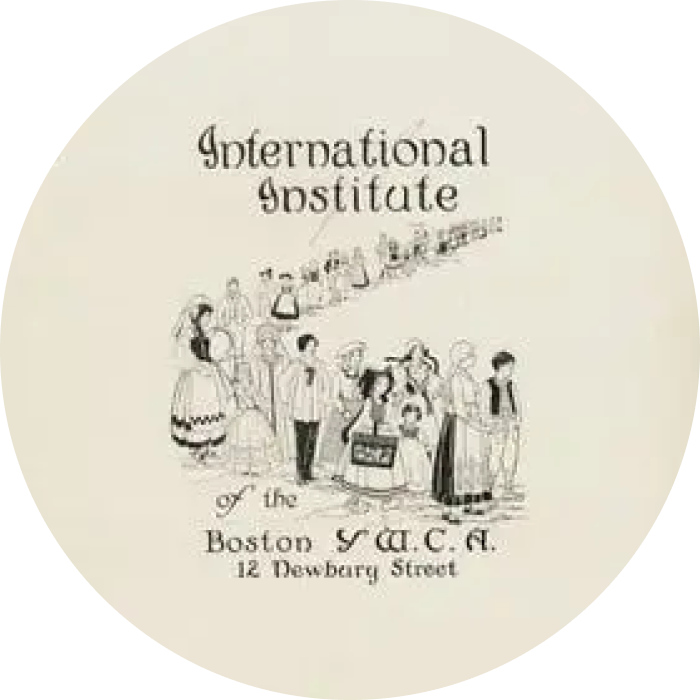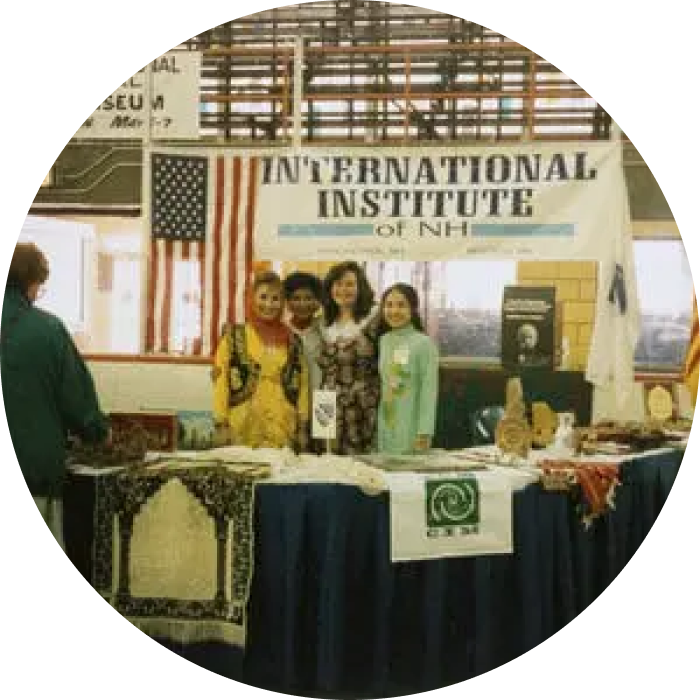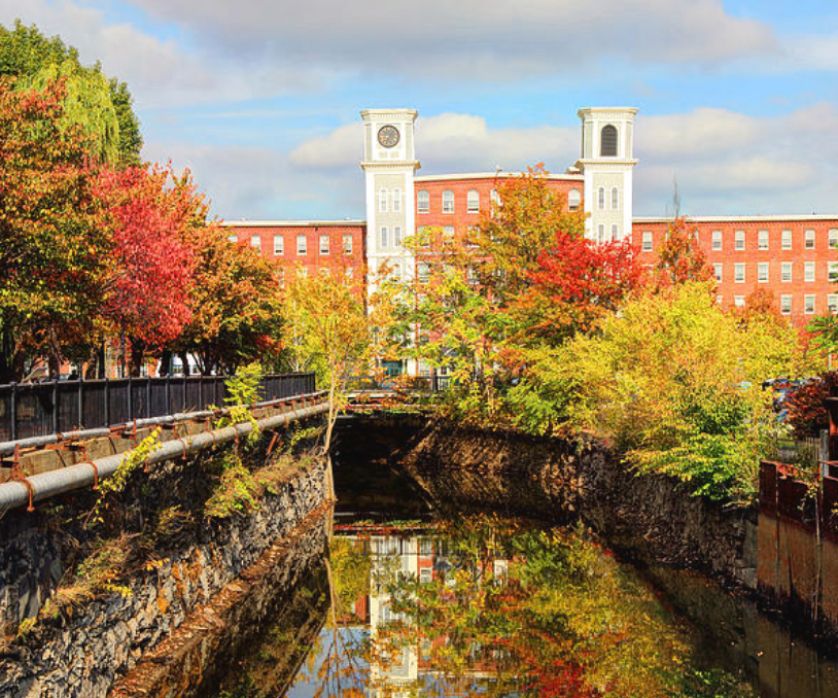About Us
For more than a century, the International Institute of New England has been creating opportunities for refugees and immigrants to succeed through resettlement, education, career advancement, and pathways to citizenship.
Our values
Core to all our programming is IINE’s long-term vision that refugees and immigrants are able to realize their dreams and contribute to New England’s growth and prosperity.
Empathy, compassion and respect for all we serve and each other
Diversity and inclusion in our workplace, leadership, and communities
Collaboration and partnership with each other and our stakeholders
Self-sufficiency for the people we serve and for our organization
Fearless commitment to our humanitarian mission

our history
The International Institute of New England has been welcoming refugees and immigrants to Massachusetts and New Hampshire for more than a century. Our movement began in 1910 when the Young Women’s Christian Association (YWCA) created the Department of Immigration and Foreign Communities to oversee field projects called “International Institutes” to serve the nation’s growing foreign-born population. The Institutes offered multilingual social services for women and girls and became known as Red Feather Agencies.

of New England Party in 1929.

First graphic representation of the IINE-Boston site while still a part of the YWCA. (1930s)

Children pledging allegiance outside the IINE-Lowell site. (1964)

IINE-Manchester site participating in the New Hampshire International Festival. (1995)
IINE-Lowell was founded as part of the John Street YWCA in 1918, and in 1924, the International Institute of Boston was established at the YWCA then located at 12 Newbury Street. The Institutes separated from the YWCA in 1935, and over the ensuing decades hundreds of community groups, individuals, corporations, and foundations joined forces with the International Institute to help newcomers integrate into New England. The International Institute of New Hampshire was founded in 1994 as a reorganization, continuation, and expansion of existing services in place since 1987. In 2001 the three sites became one consolidated organization – The International Institute of New England.
Throughout our more than 100 years of service to New England, tens of thousands of refugees and immigrants have connected to the International Institute to learn English, meet other newly arrived individuals, learn about the culture of their new country, gain job skills, and receive assistance in finding employment. Historically and today, we work with local communities to help refugees and immigrants find places to settle and restart their lives.
Our history has paralleled the immigrant journey in America. In the first half of the 20th century, we welcomed and served many people from Europe. In the 1970s, the rise of the Khmer Rouge and the fall of Saigon brought thousands of people from Cambodia and Vietnam to Lowell and Boston, where they were welcomed by our staff. In the 1990s, Bosnian refugees, Kurds fleeing Iraq, and Kosovars fleeing Serbian aggression came to our doors, and in the 21st century, we have welcomed and aided people from Iraq, Bhutan, Somalia, the Democratic Republic of Congo and other countries in Africa, South and Southeast Asia, the nations of South and Central America, and most prominently, from Afghanistan, Ukraine, and Haiti.
our locations
IINE has three locations: Boston, Massachusetts; Lowell, Massachusetts; and Manchester, New Hampshire.

Boston, MA
Over the past 100 years, our Boston office has expanded to support more than 5,000 refugees and immigrants each year.

Lowell, MA
